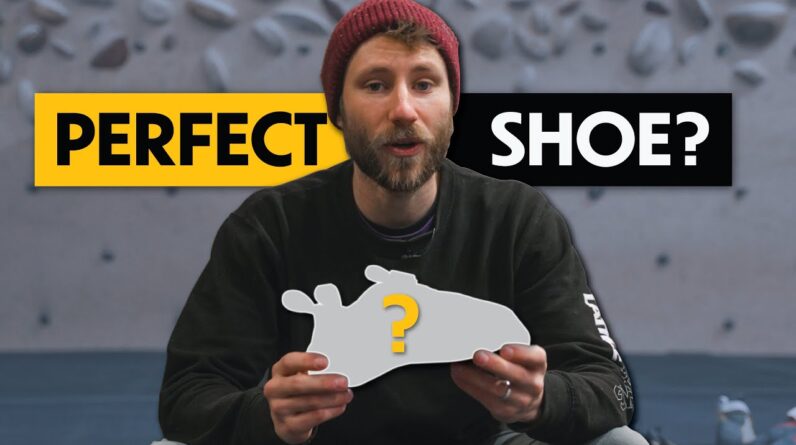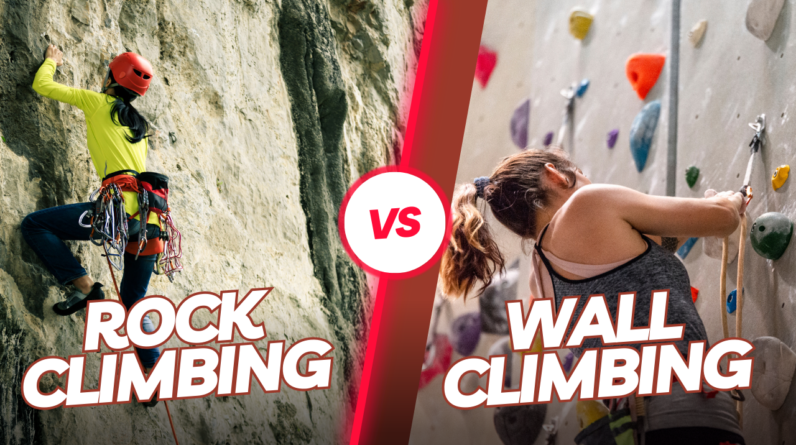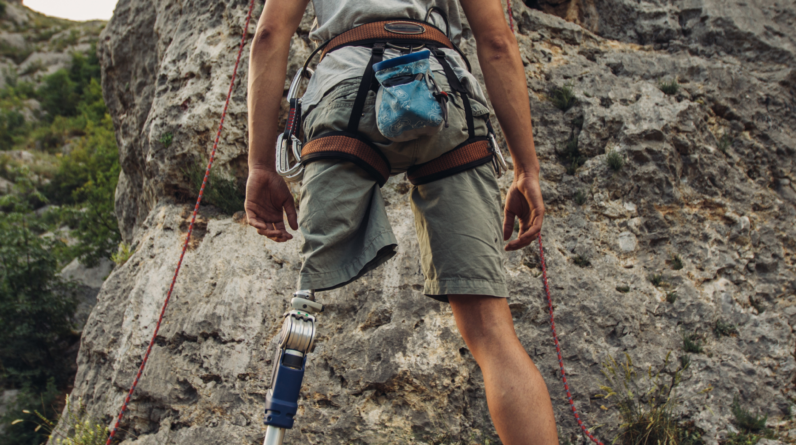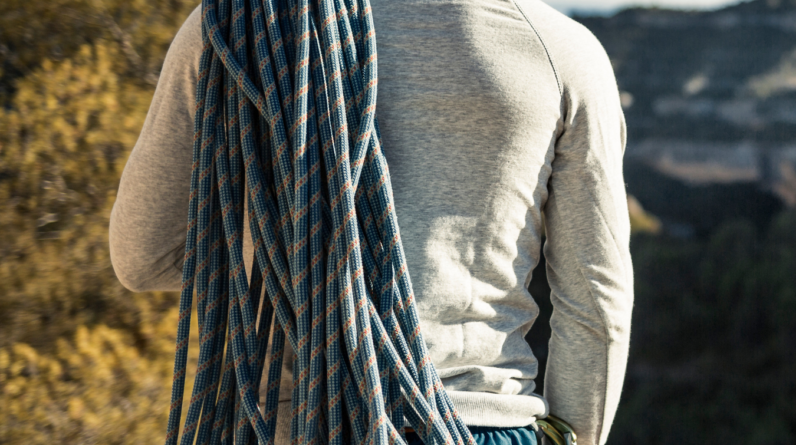
Introduction
The climbing shoe game can be a tricky one to navigate, but fear not dear climbers! We’re breaking down the best climbing shoes and how you can choose the right one to fit your climbing needs. We’ve done a video on climbing shoes before, so check out the link in the description for more on the four big characteristics of choosing a climbing shoe: fit, opening system, shape, and rubber compound.
Indoor Climbing Shoes
But this time, we’re getting a bit more practical and showing you how these shoes work in different climbing contexts. We’ll be looking at different contexts such as a good outdoor versus indoor shoe and when a soft or stiff shoe might be more appropriate. And where the closure system will affect things like toe hooking or heel hooking.
A good example of a good indoor shoe and something that’s going to transfer well to that competitive style of climbing, which is more and more common in most climbing gyms is the flagship. It doesn’t mean it can’t be used outdoors, but it’s got some features that will play into it being a good indoor and pretty good comp shoe as well. Some other examples like the flagship will be the Comp Solution and the Drago. They all have similar features such as a downturned shape and a soft rubber, which is good for smearing and molding to different footholds. Another feature to look for in indoor-focused climbing shoes is a lot of toe rubber. This makes them excellent for toe hooking, which is way more common in indoor or bouldering outdoors. And when it comes to the opening system, a shoe with one strap or a slip-on makes it really easy to take on and off, which you probably want to be doing a lot if you’re climbing indoors or if you’re competing.
Outdoor Climbing Shoes
When it comes to outdoor climbing, we’ll come across much smaller footholds, and you really want a lot of that pressure on just the smallest tiny area right at the front of the shoe, so a stiffer shoe is generally better for outdoor climbing. The exception to this rule is when climbing somewhere like Fontainebleau, where you’re climbing on sandstone and actually there’s way more smears than small edges, so a soft shoe might excel in that climbing area.
Conclusion
So, now you’re armed with all the knowledge you need to choose the perfect climbing shoe for your needs, whether you’re climbing indoors or out, on steep terrain or smears. Happy climbing!






